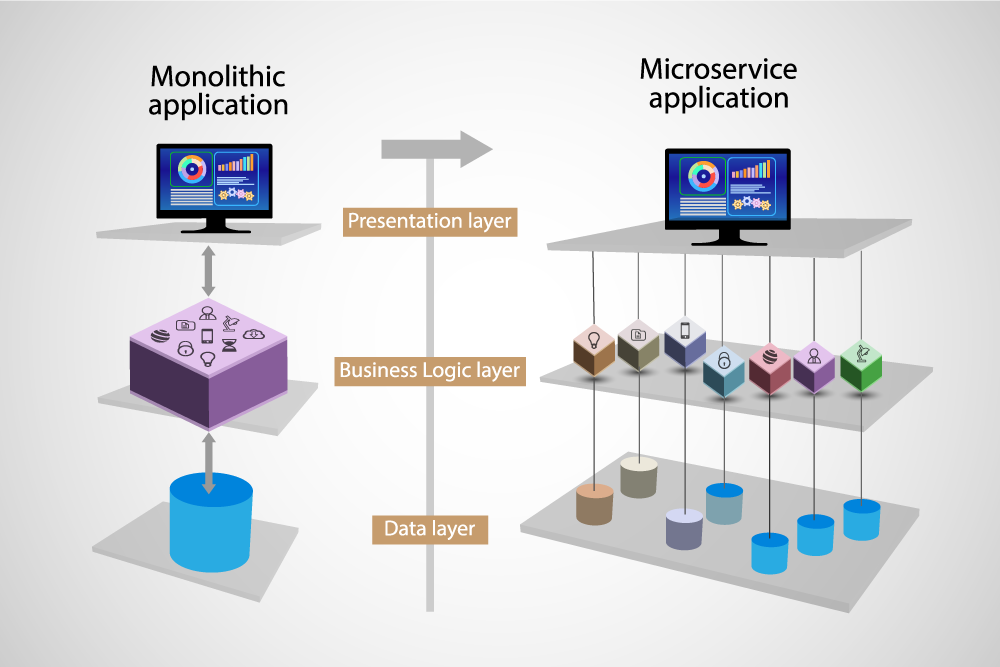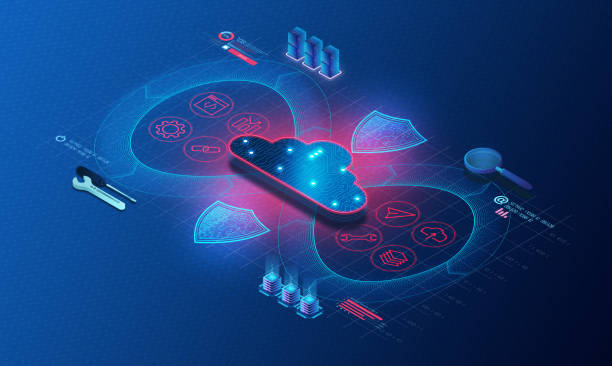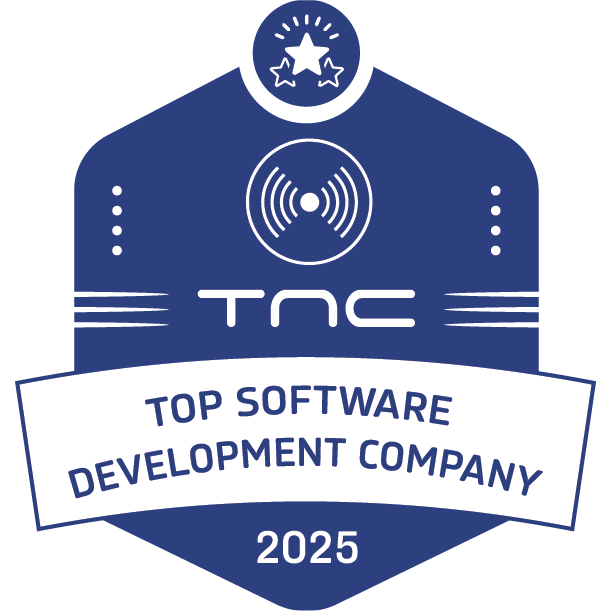Sowtware Development Structure: Microservices or Monolithic?
What is a Monolithic Structure?
The tightly integrated nature of a monolithic architecture makes it easier to develop and deploy an application.
However, as the application grows, scaling and maintaining a monolithic architecture can become difficult, as changes to one component can affect the entire system.
Updating or modifying individual components in a monolithic architecture can also be time-consuming and complex, slowing down the overall development process.

What are Microservices?
Benefits of Microservices:
Microservices can be deployed and scaled individually, allowing for more efficient resource utilization and improved overall performance.
By breaking down a monolithic application into smaller, isolated services, the risk of cascading failures is reduced, increasing overall system resilience.
Microservices allow for much greater flexibility in development and deployment processes. Services can be developed and deployed independently, and new services can be added or removed as needed.
Because each microservices has a limited and well-defined scope, it is easier to maintain and update individual components, reducing the cost and complexity of software maintenance.
by allowing multiple teams to work on different services in parallel, the overall development process can be accelerated.
Implementation of Microservices in web development
the first in Implementing microservices is to decompose a monolithic application into smaller, independent services. This requires careful planning and analysis of the functionalities provided by the application.
Microservices communicate with each other through APIs, using lightweight mechanisms such as RESTful web services or gRPC.
Microservices can be deployed independently, allowing for continuous delivery and deployment. Containers, such as Docker, are commonly used to package and deploy microservices.
In a microservices architecture, it is necessary to have a mechanism for service discovery, so that services can find and communicate with each other. This can be achieved through a service registry, such as Eureka or Consul.
Monitoring the health and performance of microservices are critical for ensuring overall system stability. Logging is also an important aspect of troubleshooting and debugging microservices.
What to choose

One key factor to consider is the size and complexity of the application. If the application is small and simple, it may not be necessary to adopt a microservices architecture. However, if the application is large and complex, a microservices architecture can help to break it down into smaller, manageable pieces. Another factor to consider is the development team and its resources. Microservices require a different approach to development and testing, and it can be challenging to manage the communication and coordination between multiple teams working on separate services. The development team should have the necessary skills and experience to implement a microservices architecture effectively.
conclusion
Testimonial
Work Well Together

“We have been working with Arjun and Pritesh for more than a year now and they completely meet our expectations. We quickly found a way to effectively work together despite the time difference. They are flexible and proactive, they get to the bottom of things and deliver high quality code."
Camille
It's been a pleasure to collaborate with Rushi. Clean code, well documented, excellent communication. Looking forward to our ongoing collaboration.
George
ZenTech offers a hard working team. They understand the requirements well and follow them thoroughly. They have good knowledge of python and django and had a good contribution to my project.
EdoOur Client
















